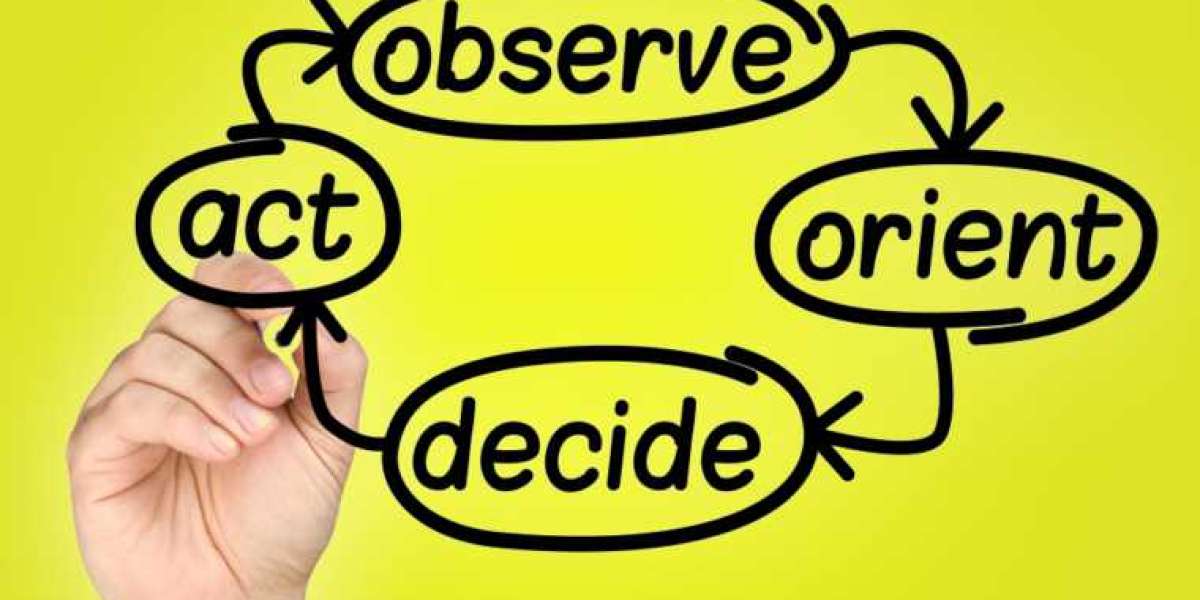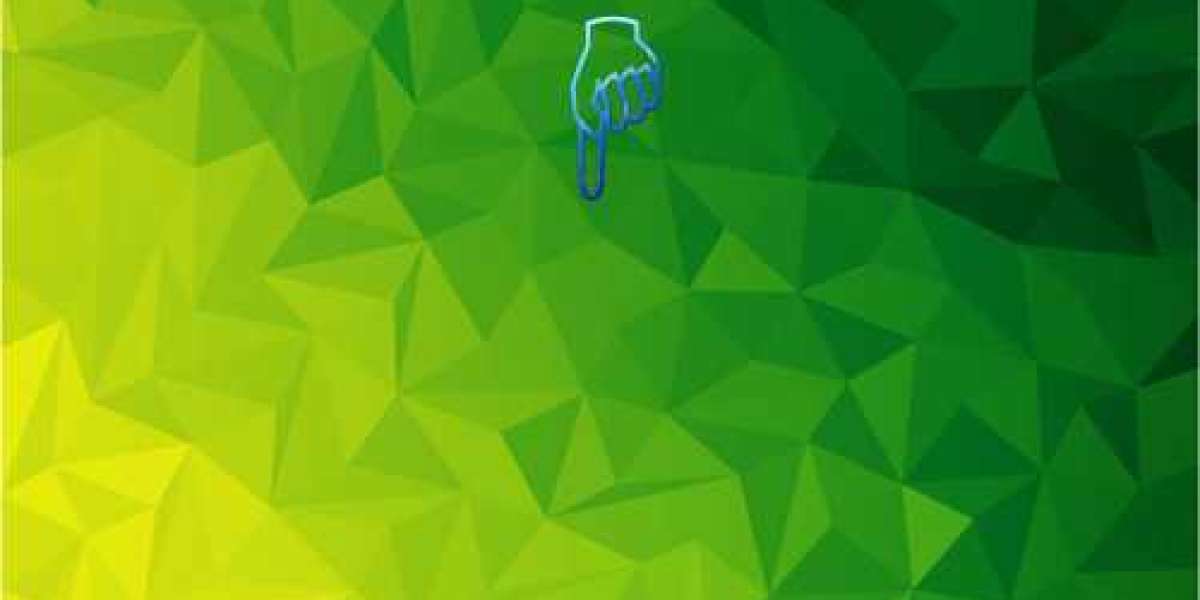In the world of web development, languages and frameworks come and go, often leaving behind a trail of legacy systems that still play critical roles in various businesses. Among these, PHP stands out as a language with a storied past and a present necessity. Despite the rise of newer technologies, PHP continues to power a significant portion of the web. However, many of these PHP applications are outdated, insecure, and inefficient. This is where PHP rehab comes in—a process of modernizing and optimizing legacy PHP applications to meet contemporary standards.
Understanding the Need for PHP Rehab
PHP, originally created by Rasmus Lerdorf in 1994, has evolved considerably. From simple scripts to robust frameworks like Laravel and Symfony, PHP's capabilities have expanded, yet many applications remain stuck in older versions like PHP 5.x or even PHP 4.x. These versions are not only slower but also lack support for modern security features, making them vulnerable to attacks.
The primary reasons for undertaking PHP rehabilitation include:
Security Enhancements: Older PHP versions are susceptible to security breaches. Upgrading to the latest version ensures compliance with modern security standards.
Performance Improvements: Modern PHP versions are significantly faster and more efficient. Leveraging new features can drastically improve the performance of an application.
Maintainability: Refactoring old code to follow modern practices makes the application easier to maintain and extend.
Compliance: Keeping software up-to-date ensures compliance with industry standards and regulations, which is crucial for businesses operating in regulated sectors.
The Rehabilitation Process
Audit and Assessment: The first step in PHP rehab is conducting a thorough audit of the existing codebase. This involves identifying deprecated functions, potential security risks, and areas that could benefit from performance enhancements.
Version Upgrade: Upgrading to the latest PHP version is crucial. This process may involve significant changes, especially if the application is using features or functions deprecated in newer versions.
Code Refactoring: Refactoring involves cleaning up the codebase. This includes rewriting parts of the code to improve readability and maintainability, adopting modern PHP standards (like PSR), and removing redundant or obsolete code.
Security Hardening: Implementing security best practices is essential. This includes using prepared statements for database queries, validating and sanitizing user inputs, and employing robust authentication and authorization mechanisms.
Testing and Validation: Comprehensive testing is critical to ensure that the rehabilitated application functions correctly. This includes unit tests, integration tests, and performance tests to catch any issues before deployment.
Documentation: Updating or creating documentation is often overlooked but is crucial for future maintenance. Proper documentation helps new developers understand the application structure and coding standards.
Tools and Technologies
Several tools can aid in the PHP rehabilitation process:
- PHP_CodeSniffer: Helps in detecting coding standard violations.
- PHPStan and Psalm: Static analysis tools that can identify potential bugs and issues in the codebase.
- Composer: PHP's dependency manager, which ensures that all packages and libraries are up-to-date.
- Docker: Containerizing the application to create a consistent development and production environment.
Case Study: Transforming an E-commerce Platform
Consider a legacy e-commerce platform built on PHP 5.3. The platform was facing performance issues during high traffic periods and was increasingly vulnerable to security threats.
Step-by-Step Rehab:
Audit: The initial audit revealed the use of outdated libraries, numerous security vulnerabilities, and inefficient database queries.
Upgrade: The team upgraded the PHP version to 8.0, which involved rewriting certain sections of the code to replace deprecated functions.
Refactoring: The code was refactored to use modern PHP features like type declarations, anonymous classes, and arrow functions, significantly improving readability and performance.
Security: Implementing security best practices, such as using Laravel's built-in security features, enhanced the platform's defenses against attacks.
Testing: Comprehensive testing ensured that the upgrade did not introduce new bugs or performance issues.
Deployment: Finally, the rehabilitated platform was containerized using Docker, making deployment and scaling easier.
The result was a faster, more secure, and maintainable e-commerce platform that could handle higher traffic and provided a better user experience.
Conclusion
PHP rehabilitation is not just about upgrading to a newer version; it's about breathing new life into legacy systems. By modernizing codebases, improving security, and enhancing performance, businesses can extend the life of their PHP applications and continue to leverage their investments. As the web evolves, so must the applications that power it. PHP rehab ensures that these applications remain robust, secure, and efficient in an ever-changing technological landscape.







